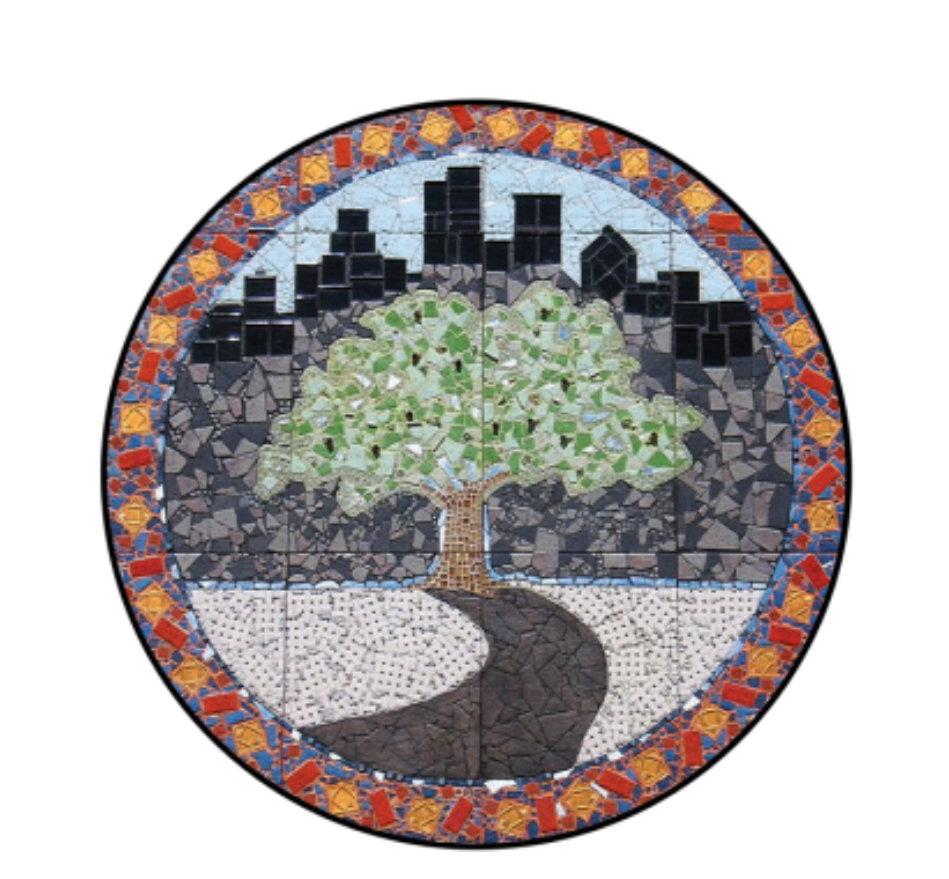Considering Mathematics Instruction Through the Lens of Literacy
Much debate in the field of mathematics instruction revolves around questions like these:
Do we teach for conceptual understanding or procedural fluency? Do we opt for direct instruction followed by application, or do we facilitate as students explore and make connections for themselves? Is learning multiplication facts an appropriate use of class time?
Literacy instruction has been the subject of a similar debate. While there are still people who advocate strongly for either a phonics-based approach or a whole-language approach, most progressive educators agree that a balanced approach that combines the best of both phonics and whole language is most effective. I believe that the same is true in math instruction, and that looking to literacy for a model can be helpful.
In reading, the ultimate goal is comprehension--understanding what we read. In math, it’s problem solving--using numbers to represent real world situations. In both cases, students need other skills and proficiencies to achieve these goals.
Learning phonics, or the sounds the letters make both on their own and when combined, is critical for reading success. Similarly, in math, the building blocks are the number system and basic fact fluency. Just like it’s difficult to make sense out of a passage of text if one does not know that “c” and “h” together make “ch” like in “chip,” understanding mathematical situations becomes extremely challenging when one does not know that 9 x 5 = 45.
Understanding and remembering what you’ve read is difficult if you have to stop and sound out every word. This is why teachers model and students practice reading--so it becomes smoother and more natural. In math, using inefficient strategies or relying on clever mnemonic devices to complete calculations diverts attention and cognitive energy and, in many cases, can cause students to lose track of the bigger problem they are trying to solve. That is why building both conceptual understanding and procedural fluency, sometimes through practice and repetition, is important.
In a balanced literacy classroom, instruction focuses on both the nuts and bolts of reading and writing, as well as understanding the big picture. Students are expected to know the alphabet and the sounds letter make. Teachers model smooth expressive reading and help students develop strategies to comprehend what they read. Students practice reading in many different contexts every day. Thinking about mathematics instruction the same way can help students master the skills they need to meet the ultimate goal of using math to make sense of the world around them. Students should learn the number system and their basic math facts. They should develop deep conceptual understanding and practice efficient strategies for calculation. Teachers should model and explain strategies for making sense of problem situations and students should be engaged in problem solving in many different ways every day.
Written by: Bob Dietzen, Math Specialist, City Neighbors Hamilton

